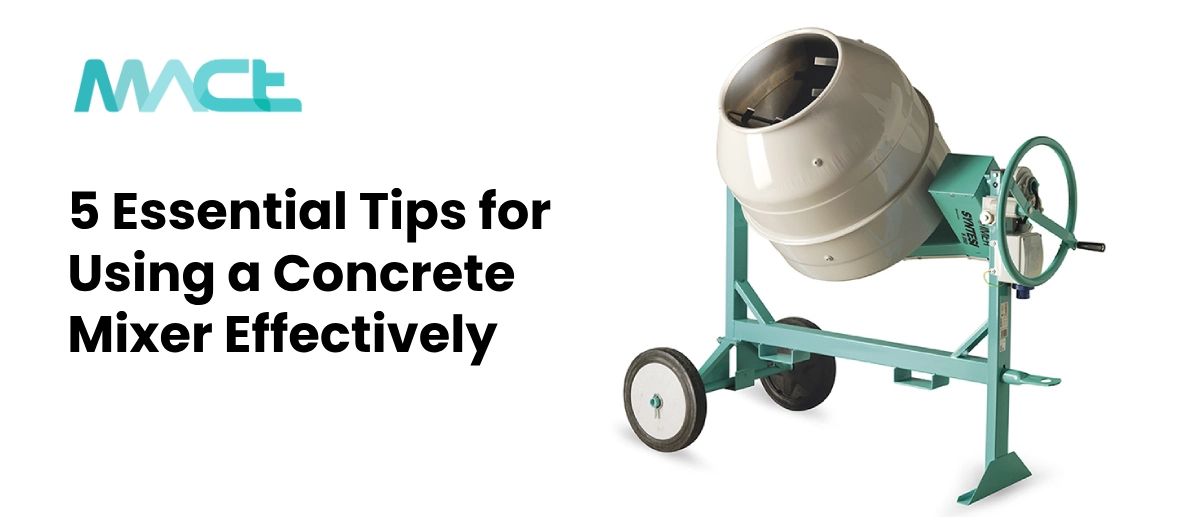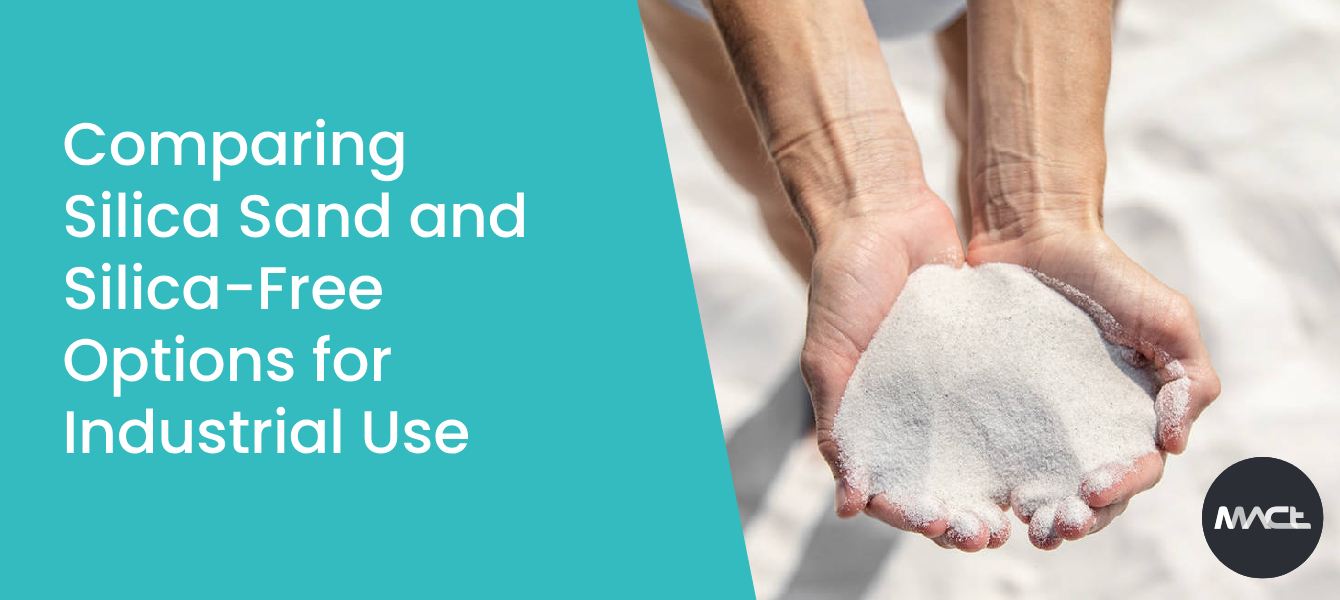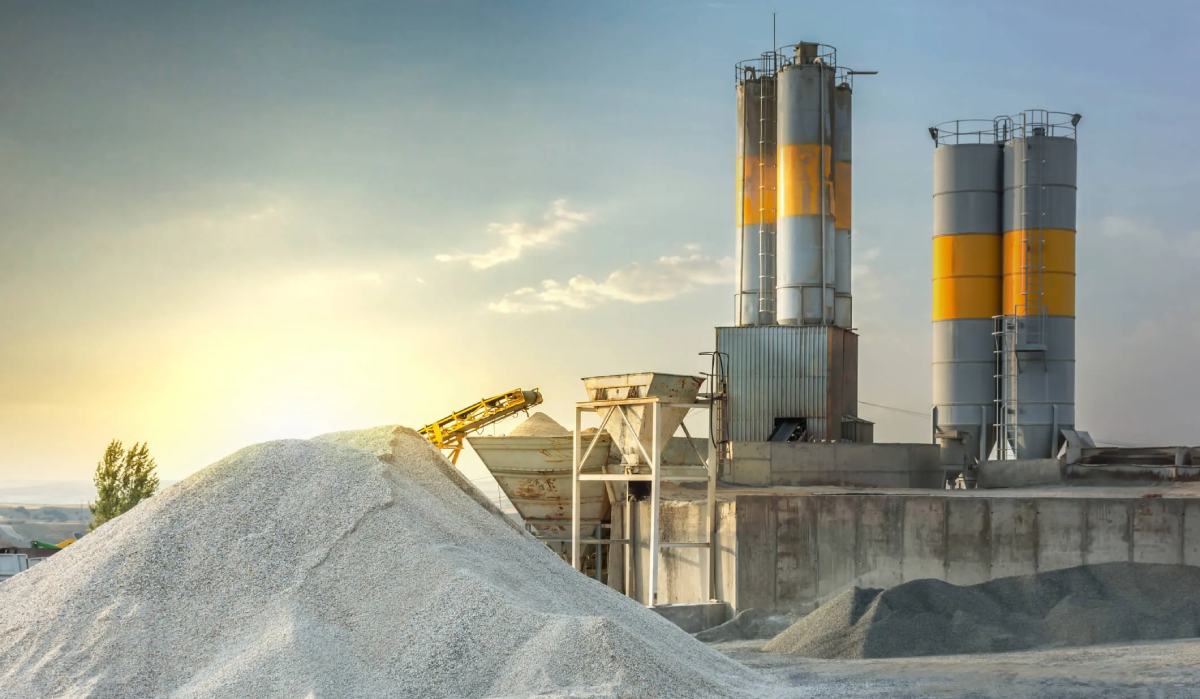Using a concrete mixer effectively is crucial for any construction project, ensuring that the concrete is mixed properly for the best results. Whether you’re a professional contractor or a DIY enthusiast, mastering a concrete mixer can significantly enhance the quality and efficiency of your work. We will cover five essential tips for using a concrete mixer effectively, from understanding the equipment to maintaining it for longevity.
Understanding Your Concrete Mixer
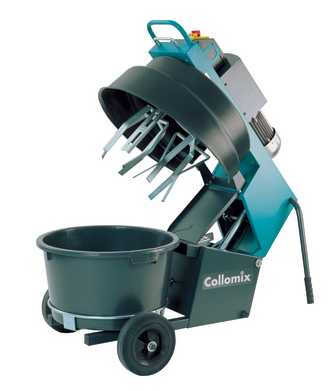
Before diving into the operation of a concrete mixer, it’s important to understand the different types available and their key components.
Types of Concrete Mixers
Concrete mixers come in various types, each suited for different applications:
- Drum Mixers: The most common type, ideal for large batches of concrete. The drum rotates to mix the materials thoroughly.
- Pan Mixers: These mixers have a stationary drum and rotating blades, perfect for smaller batches and more precise mixing.
- Continuous Mixers: Best for large, continuous projects where a constant supply of concrete is needed.
Key Components of a Concrete Mixer
Understanding the main parts of a concrete mixer helps in its efficient operation:
- Drum or Pan: The container where materials are mixed.
- Blades: Inside the drum or pan, these are responsible for mixing the concrete.
- Motor: Powers the rotation of the drum or blades.
- Chute: Used for loading and unloading materials.
Preparing for the Mixing Process
Proper preparation is essential for achieving a consistent and high-quality concrete mix, as it involves accurately measuring and mixing the right proportions of cement, sand, aggregate, and water, which ensures the concrete’s strength, durability, and overall effectiveness for various construction projects.
Selecting the Right Mix Ratio
The correct mix ratio of cement, sand, aggregate, and water is crucial for the desired concrete strength and durability. Different projects require different ratios, so always consult your project specifications or a concrete mix ratio chart.
Gathering and Measuring Materials
Accurate measurement of materials ensures a consistent mix. Use a scale for precise measurement of cement and aggregates, and a graduated container for water. This precision avoids weak or overly dry concrete.
Operating the Concrete Mixer

Proper operation of the concrete mixer is crucial to ensure the mix is even and ready for use. This involves correctly loading materials, maintaining the appropriate mixing time, and using the right techniques, which all contribute to achieving the desired consistency and quality of the concrete.
Loading the Mixer Properly
Follow these steps to load the mixer correctly:
- Start the Mixer: Turn on the mixer before loading any materials to prevent the ingredients from sticking to the blades.
- Add Water: Pour in about half of the required water first to help the materials mix more easily.
- Add Cement and Aggregates: Gradually add cement, sand, and aggregate to the mixer. Avoid adding all at once to ensure a thorough mix.
- Add Remaining Water: Slowly add the remaining water to achieve the desired consistency.
Mixing Time and Techniques
The mixing time typically ranges from 3 to 5 minutes. Overmixing can lead to the segregation of materials, while undermixing can result in a weak mix. Ensure the drum or pan is rotating at the recommended speed, and occasionally check the consistency of the mix.
Safety Tips While Using a Concrete Mixer
When operating heavy machinery like a concrete mixer, prioritising safety is essential. Adhering to safety protocols, using appropriate personal protective equipment (PPE), and following best practices can prevent accidents and ensure a safe working environment for everyone involved in the project.
Personal Protective Equipment (PPE)
Always wear appropriate PPE to protect yourself from potential hazards:
- Gloves: To protect your hands from concrete and machinery.
- Safety Goggles: To prevent dust and debris from getting into your eyes.
- Ear Protection: To protect your hearing from the loud noise of the mixer.
- Dust Mask: To avoid inhaling cement dust.
Safe Operation Practices
Follow these best practices to operate the mixer safely:
- Stable Setup: Ensure the mixer is on a flat, stable surface to prevent tipping.
- Clear Surroundings: Keep the area around the mixer clear of obstacles and unnecessary personnel.
- Proper Handling: Use handles and levers as designed; avoid putting your hands near moving parts.
Cleaning and Maintenance of Your Concrete Mixer
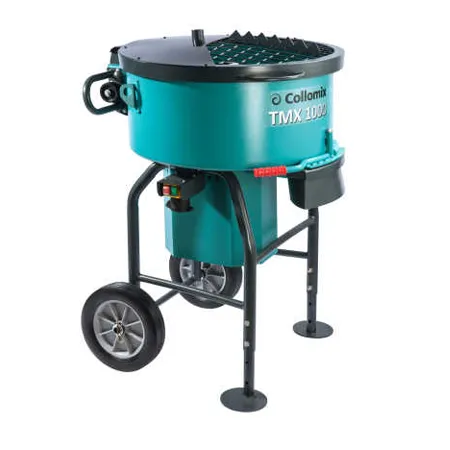
Cleaning After Use
Clean the mixer thoroughly after each use:
- Run the Mixer with Water: Add water and a small amount of gravel, then run the mixer to clean the drum and blades.
- Scrape Residual Concrete: Use a brush or scraper to remove any leftover concrete.
- Rinse: Rinse the drum and blades with clean water to remove any remaining debris.
Regular Maintenance Checks
Perform regular checks to maintain your mixer’s performance:
- Inspect Blades: Check for wear and tear; replace if necessary.
- Check Motor: Ensure the motor is running smoothly and lubricate moving parts as needed.
- Examine Drum or Pan: Look for cracks or damage that could affect mixing efficiency.
Conclusion
Using a concrete mixer effectively involves understanding the equipment, preparing the materials accurately, operating the mixer correctly, following safety protocols, and maintaining the mixer regularly. By adhering to these essential tips, you can ensure a high-quality concrete mix and a safer, more efficient working environment. Whether you’re working on a small DIY project or a large construction site, mastering these skills will help you achieve the best results with your concrete mixer.
GFRC Training Course

Join the MACt GFRC Workshop on August 22-23, 2024, in Banyo, QLD. Learn expert techniques in mould design, form preparation, mixing, pouring, and finishing GFRC. Perfect for DIY enthusiasts, architects, and tradesmen. Early bird price is $1490 (regularly $2500). Don’t miss this opportunity to master GFRC!
